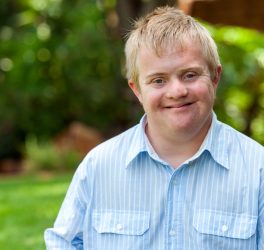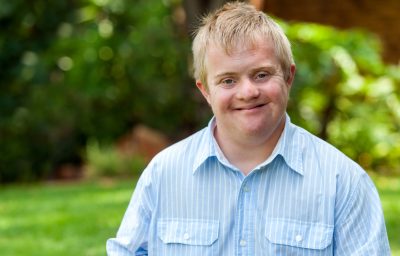
One of the most recognizable characteristics of autism is an amazing diversity of associated behavioral symptoms. Clinicians view autism as a broad spectrum of related disorders, and the origin of the disease’s heterogeneity has puzzled scientists, doctors, and affected families for decades.
In a recent study, researchers at Columbia University Vagelos College of Physicians and Surgeons have made an important step towards understanding the biological mechanisms underlying the cognitive and behavioral diversity of autism cases triggered by de novo truncating mutations. These mutations occur in parents’ germline cells and usually strongly disrupt the functions of target genes. De novo truncating mutations are responsible for close to 5% of autism cases and up to 20% of cases seen clinically.
Autism spectrum disorders that are triggered by a single disrupted gene represent a relatively simple genetic type of the disease. The perplexing observation that scientists were grappling with for many years is that even when truncating mutations occur in the same gene, they often lead to a wide range of symptoms and behavioral patterns in different children.
The new study found that the severity of autism symptoms often depends on which specific functional unit within a gene is the target of a mutation.
“It turns out that we weren’t looking closely enough at how and where an autism gene is mutated,” says study leader Dennis Vitkup, PhD, associate professor of systems biology and of biomedical informatics at Columbia University Vagelos College of Physicians.
Human genes, similar to genes of other eukaryotic species, are composed of separate coding units, called exons, which are frequently joined together in different combinations across tissues and developmental stages. “Upon closer examination, we found that different children with truncating mutations in the same exon have strikingly similar behavioral symptoms and disabilities,” Vitkup says.








